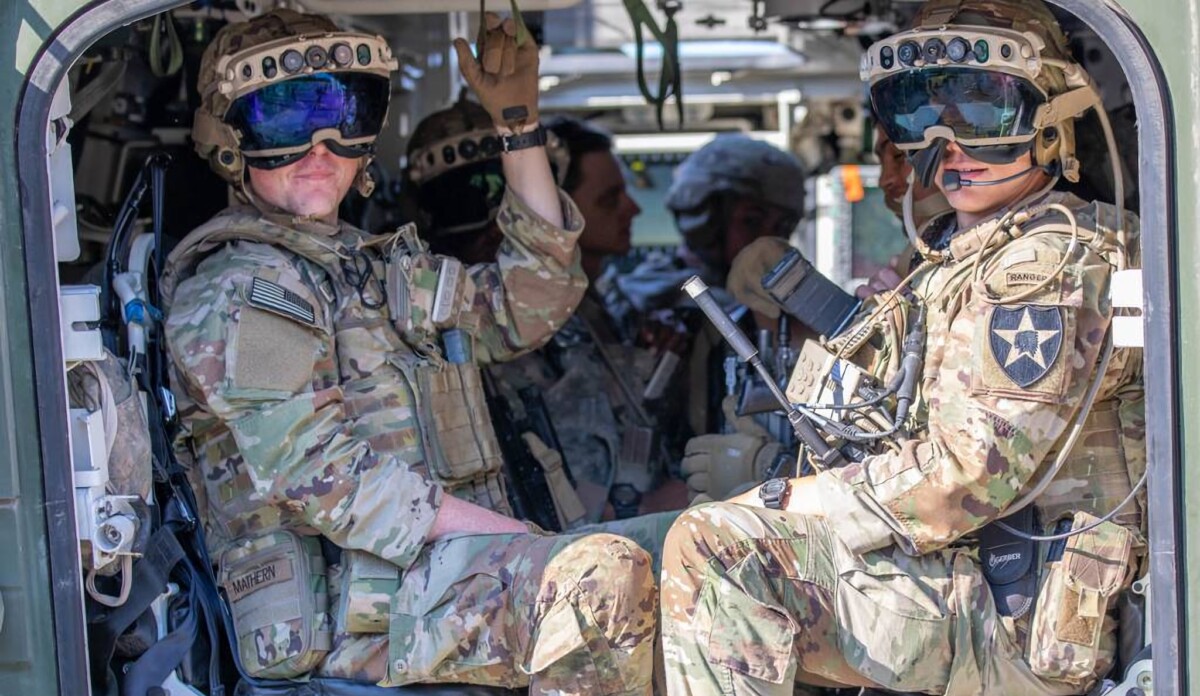US Army goes on mission with Microsoft's military Hololens in 2023

Microsoft's IVAS project, a military version of the commercial Hololens, reaches a milestone: In 2023, soldiers are supposed to put on the AR headset in the field for the first time.
Starting next year, servicemen and women will use Microsoft's military Hololens IVAS (Integrated Visual Augmentation System) in the field for the first time. The US Army plans to deliver 5000 IVAS 1.0 and another 5000 IVAS 1.1 versions to troops.
The devices will go to operational and training units. The U.S. Army is not saying exactly where or for what the headsets will be used. It took its first deliveries from Microsoft in September 2022.
Military Hololens had a long way to go in the field
Originally, the headset should have been deployed in the field as early as September 2021. But technical problems, particularly with the screen, repeatedly delayed delivery. Microsoft also missed a deadline set for September 2022 because the technology was not yet advanced enough.
It is not known why the military Hololens is now apparently good enough for use. In the summer, the Appropriations Defense Subcommittee said that even the IVAS 1.1 version still faced "significant development challenges." The committee reduced the 2023 IVAS budget by $350 million, from $400 million to $50 million.
IVAS to give U.S. soldiers tactical advantages
The total budget of the IVAS project at the start of the project for Microsoft was up to $22 billion for 120,000 devices over a period of 10 years. The extent to which Microsoft will be able to draw down this budget over the next few years depends directly on technical advances in augmented reality hardware.
Weak points are mainly the display technology and the computing power in relation to the size and weight of the device. The current IVAS unit is integrated into a helmet, while the computing unit and batteries are worn on the body.
The IVAS system is designed to give U.S. soldiers visual superpowers like those found in computer games. Through the headset, they can see the positions of friends and enemies in their field of view and recognize outlines, access a virtual 3D map of the area of operations, see through smoke, send a microdrone and control it via the headset, or monitor their health via biometric trackers. A night vision device is also integrated.
Microsoft has been in radio silence about a new commercial Hololens for years. Most recently, rumors said that Microsoft had largely abandoned XR hardware. However, Microsoft's mixed reality chief recently said that Microsoft is continuing to work on the hardware and held out the prospect of an update. He did not mention Hololens 3.
Note: Links to online stores in articles can be so-called affiliate links. If you buy through this link, MIXED receives a commission from the provider. For you the price does not change.